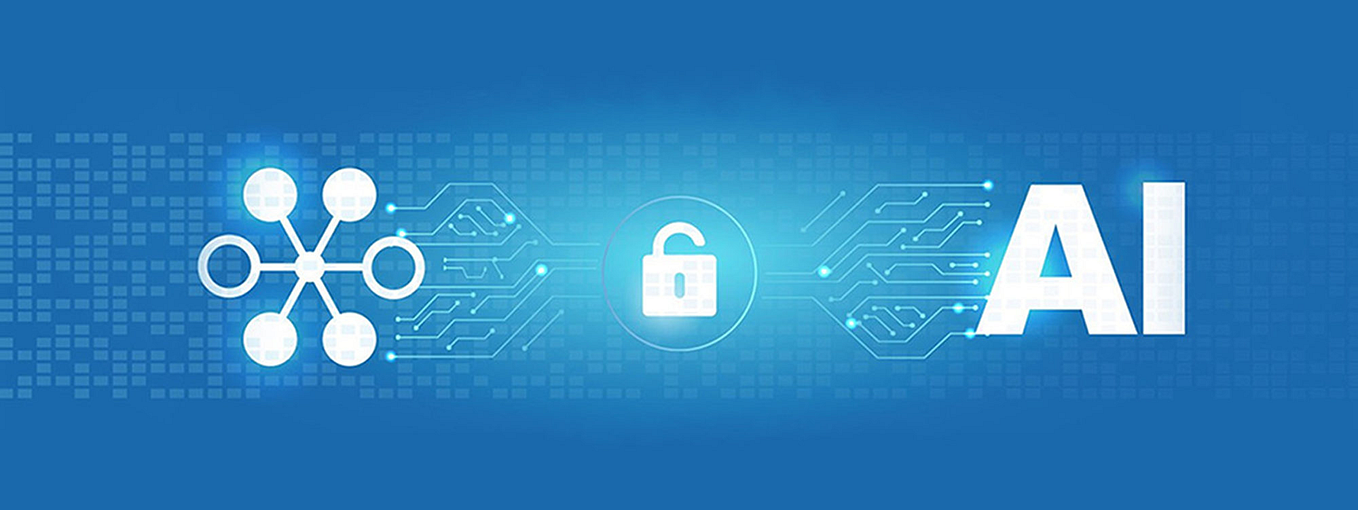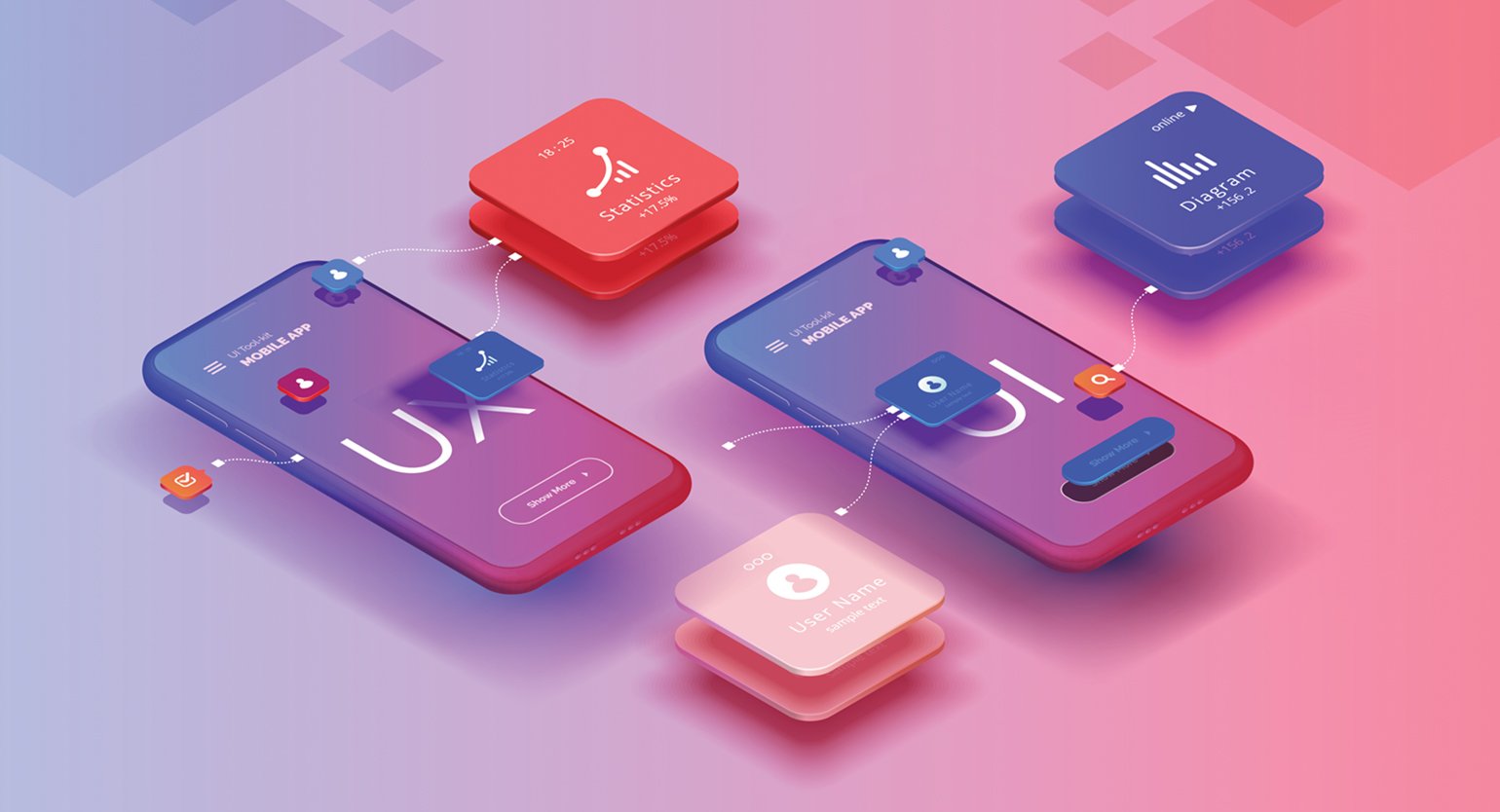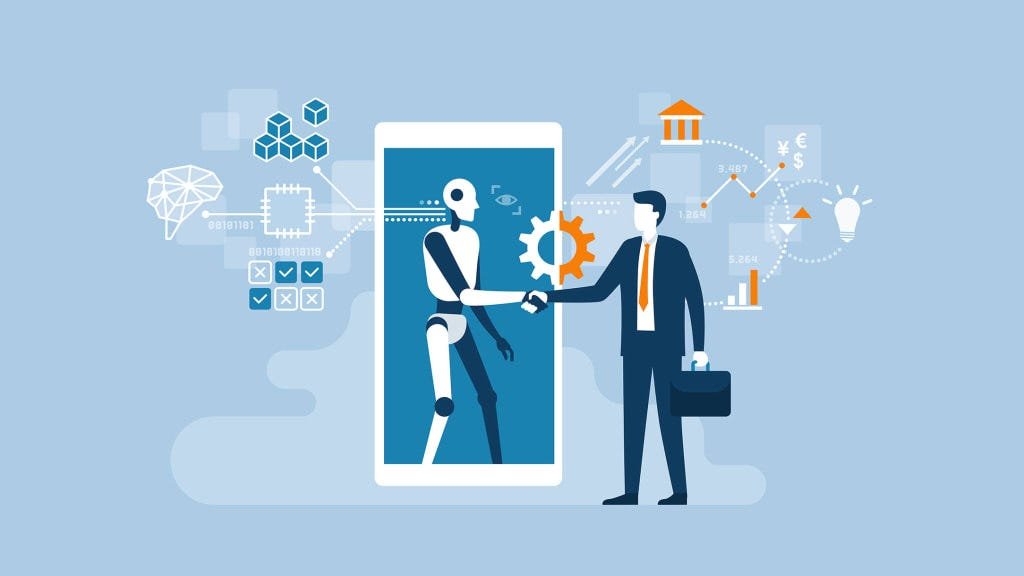Digital marketing is rapidly changing and 2025 is expected to bring more disruption. More than 5,000 searches per month are for “digital marketing trends”, which is why knowing about them can help marketers stay on the forefront.
Automated by AI to interactive shopping experiences, 2025 will bring the development of new tools and changing consumer expectations that will impact the way that marketers use digital technology. Here are five essential digital marketing trends not to miss in 2025!
Artificial Intelligence
AI has advanced a great deal since it first became the subject of headlines in the past; it’s now ready to revolutionize every aspect of business operations. From writing ads to scheduling social posts, to customer service bots, which handle chatbots that interact with customers using smart algorithms AI-powered tools save marketers time as well as money, by automating repetitive tasks like writing copy.
- AI Content Creation
- Predictive Analytics
- Automated Ads & Bidding
- Smart Customer Service
Short-Form Video Is Dominating
If your business hasn’t been a part of TikTok, Reels, or YouTube Shorts in the past, they’re losing interest (and sales) because of short-form video’s increasing popularity. People want engaging, fast video content that is instantly sociable.
Five-minute videos for brand marketing are no longer in fashion today; consumers want real, relatable videos of 15 seconds that will grab their attention immediately. Be it behind-the-scenes clips, instructional videos or a new trending sound the short-form video format is an effective way to reach out to your audience. Apart from this some content types are mentioned below:
- Short-Form Clips (TikTok, Reels, Shorts)
- Live and Interactive Video
- Video Ads
- Video SEO
Influencers Are More Trustworthy Than Ads
In the end, people trust their friends. This is why, in 2025 influencer marketing will no longer be an add-on option. But has advanced into of the top efficient strategies that are available. Influencer marketing isn’t restricted to celebrities. Today, brands are joining forces with micro-influencers that have smaller but more engaged followings, which feel more authentic to the audience.
This means that you can increase sales without sounding too much like traditional ads! If your field is fitness, fashion or even technology (B2B) and finding creatives who align with your brand’s image will help you build trust, connect with niche audiences, and generate real sales, without sounding like traditional advertisements!
Social Commerce Is Now Normal
Making purchases directly through social media is now the new norm in recent years, due to Instagram Shops, TikTok Storefronts and Facebook Marketplace no longer just being for scrolling but can now be shopping websites.
Social commerce is a blend of the convenience of shopping and content in one location to allow users to read reviews,view product labels and complete transactions without leaving an app Live streaming shopping is becoming more commonplace.
Moreover, brands can transform ordinary live streams into sales events where customers can buy right then and there. With 2025 being proclaimed the year to create stores in apps because content is no longer the only thing standing between commerce and content! To capitalize:
- In-App Shopping
- Live Shopping Events
- Shoppable Content
- Messaging & AR Commerce
Privacy Is Finally Being Taken Seriously
Consumers are becoming more informed about their personal data, something that was much overdue. As cookies are vanishing and privacy laws get more strict the way brands collect data, they are gathering information directly from the customers (like the email address, their preferences, and purchases) instead of purchasing data from third-party vendors.
This has forced marketers to develop genuine relationships built on trust and openness, rather than buying data from third parties them. To encourage sharing information, they offer something of value like discounts or exclusive content. When you’re looking for information that makes people willing to give information if they are aware of what’s expected to be received in exchange!
- First-Party Data Collection: Encourage customers to share info via email sign-ups, loyalty programs, surveys, and contests. This data (with consent) becomes invaluable for personalized marketing.
- Privacy-Compliant Targeting: Use contextual advertising (placing ads based on page content rather than personal history) as an alternative to cookies. Also prepare for cookieless ad solutions offered by major platforms.
- Transparency and Trust: Be upfront about how you use data. Clear privacy policies and visible opt-in options make customers more comfortable. For example, brands can highlight why they collect emails (“to send you 20% off”) to build goodwill.
- Focus on Value, Not Tracking: With less ability to stalk users across the web, create content and experiences so compelling that people willingly register or follow you. Give genuine value (guides, tools, community) to encourage sign-ups.
Final Thoughts
The future of digital marketing doesn’t just mean being ahead of the curve, it’s about being ahead. InnovTeams helps helps you from implementing AI technologies to increasing the amount of time spent watching videos and collaborating with influencers on initiatives to promote influencer marketing, businesses that are able to adapt today will be leading in the future. It’s not necessary to master all of the subjects at once. Picking just one or two trends to concentrate on can make the difference between standing apart from the rest or getting lost in your feed. Marketing professional Ann Handley observed:








